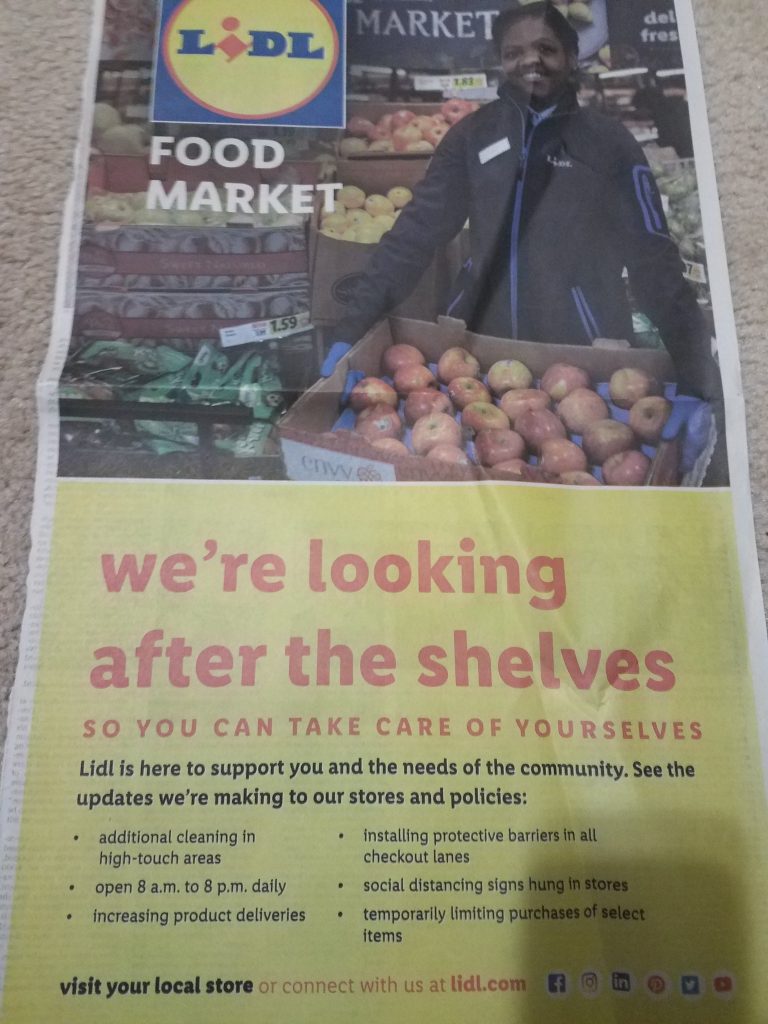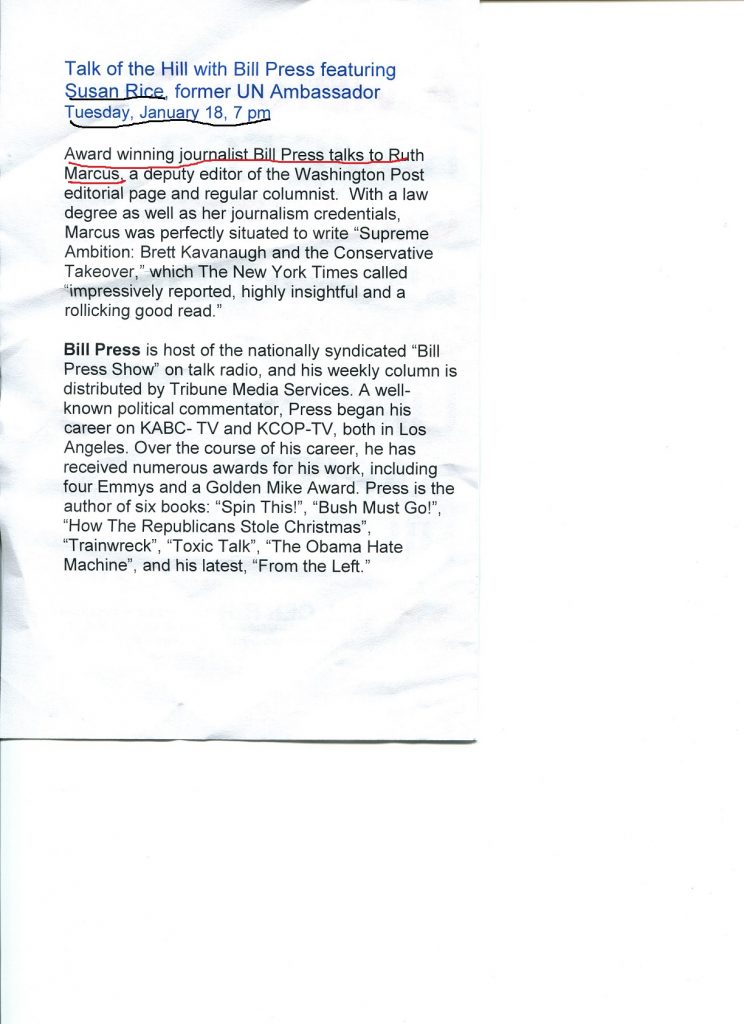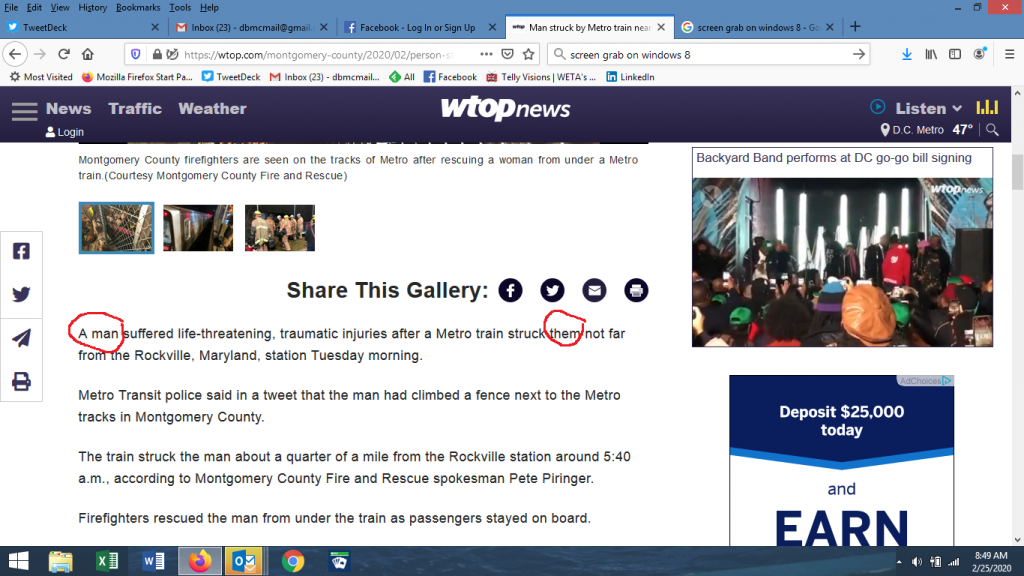Are you asking the right questions?
No doubt, you’ve heard that Congress is looking into new Postmaster General Louis DeJoy’s handling of the USPS. In the last few weeks since DeJoy took his post, the mail has slowed down, sorting machines have been removed and the post office has told the states to be aware of these issues in planning for mail-in ballots. DeJoy was asked to appear before the Senate on Friday, and the House on Monday.
Representative Katie Porter is very good at asking questions
On Monday, Representative Katie Porter (D-CA), used her questioning skills to establish just how little DeJoy knows about the agency that he is leading. Rep. Porter asked DeJoy if he knew the cost of postcard stamp (he didn’t) or how many people vote by mail (he didn’t). You can read more about it in this Rolling Stone article or this one in Vox.
Rep. Porter knew what information she wanted to obtain from DeJoy to expose how unqualified he is to lead this agency, let alone reform it, and she asked the right questions to get what she wanted.
Asking the right questions is crucial to getting what you want.
If you ask the wrong questions or not enough questions, you are not going to get the information you need.
Over the weekend, I reviewed a promotional article for a small nonprofit. The article was long and did not get to the point until the last paragraph. I re-organized the paragraphs, and added some crucial information. The nonprofit hadn’t known enough to ask the right questions.
What questions do you need answers to?
When you are writing any communication materials, you need to ask the right questions. These include:
- Who is the intended audience for this piece?
- What do I want the audience to know?
- What does the audience need to know in order to act?
- What is the most relevant information that I need to communicate?
If you don’t ask these questions, you are not going to produce the right information or what you produce is not going to be effective.
Bottom line: To produce effective communications, you must start with asking yourself the right questions.








